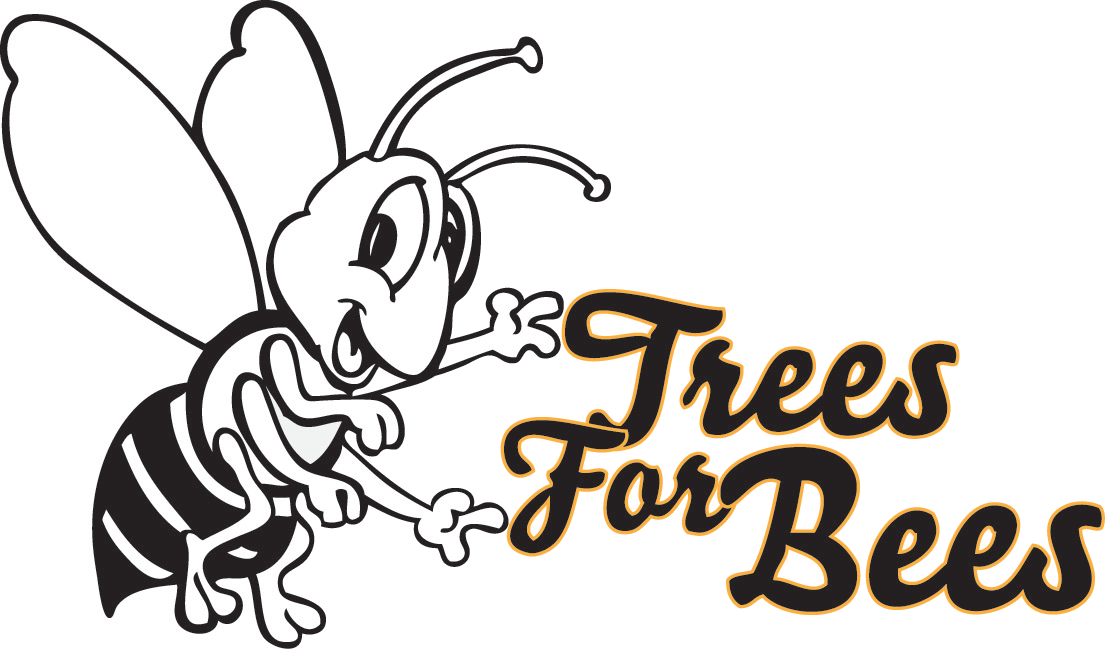Project #4
Producing abundant bee pollinators for sustainable farming
This project aims to increase the number of strong, healthy honey bees to ensure pollination services for agricultural crops. In many areas, pollen and nectar sources are being removed leading to poor nutrition for bees. They become weakened, malnourished and sometimes starving. To restore flowers for bees we are installing demonstration plantations of trees and shrubs to show how to supply a steady source of high-protein pollen to support bee colonies. The result will be more bees for pollination services leading to increased crop and pasture yields.
The Issue
In the past pollinator services were sufficient. The abundance and diversity of flowers for bee forage on farms was not an issue. The expansion of modern intensive agriculture accompanied by the removal of shelterbelts and hedgerows has reduced bee forage in many farming regions. Unfortunately important traditional bee plants are now on noxious weed lists because they harm the environment. The elimination of these weeds has further reduced areas with good bee forage.
The objective of this project is to restore bee forage where it is most needed. Many types of farms have pockets or strips of unproductive land that could be used to plant bee forage species that have multiple other uses to benefit the farmer. With the right choice of plant species, areas in riparian strips, gullies susceptible to erosion, around irrigation or effluent ponds and other unusable marginal land can be used to plant bee forage plants that will both benefit pollination on the farm and meet other planting goals.
Context & Background
Pollinator security is now a critical issue in the productive sector. Food security for New Zealand and competitive export production requires strong reliable honey bee populations. Planned nutrition for bees on farms will generate higher yields for farmers through superior pollination services. Honey bees are under increasing threat now that varroa resistance to miticides has begun in the North Island. Varroa has recently spread throughout all of New Zealand so resistance is an inevitable national problem. The long term effects of varroa are serious as seen in Europe and North America. Compounding these effects are the added stresses from new pests and diseases as well as continued pesticide misuse. Malnutrition or starvation from the accumulated loss of floral resources for bee forage only worsens these problems.
In many regions, land use changes have created a sterile environment which will no longer support enough bee colonies to meet pollination requirements. Removal of noxious weeds that have been traditional bee forage has further reduced protein sources for bees. The intensification of agricultural systems to large scale monocultures and weed-free environments has resulted in the loss of apiary sites on farms and public land.
At the same time, farmers and producers have an increasing demand for pollinators. One seed company in Canterbury requires 1000 more hives this year but the nearby floral sources for bee forage in this region are not available. The most important period is in spring when bee populations are growing to peak size needed for summer pollination services. A second critical period is in autumn when bees are preparing to survive the winter months.
Methods
We will design and install plantations of flowering trees and shrubs with well-balanced flowering calendars for different types of farms.
We will demonstrate to farmers, councils, and the public how to plant superior bee forage plants to ensure a steady supply of pollen by:
Expanding the Master database of bee forage plants with new information on protein content of pollen and a collation of data on flowering time and plant uses
Creating six new demonstration farms and developing Model Bee Plantation Designs to cover the bee colony life cycle throughout the year
Producing guidelines and tools so that farmers and others can customise bee forage plantation designs to suit the purposes of their farm operations.

